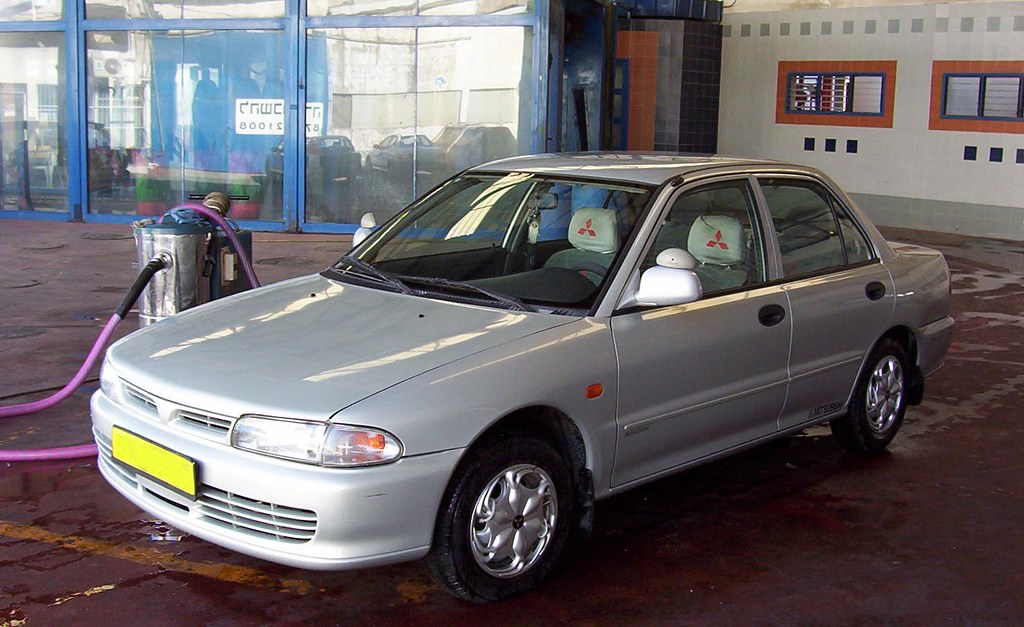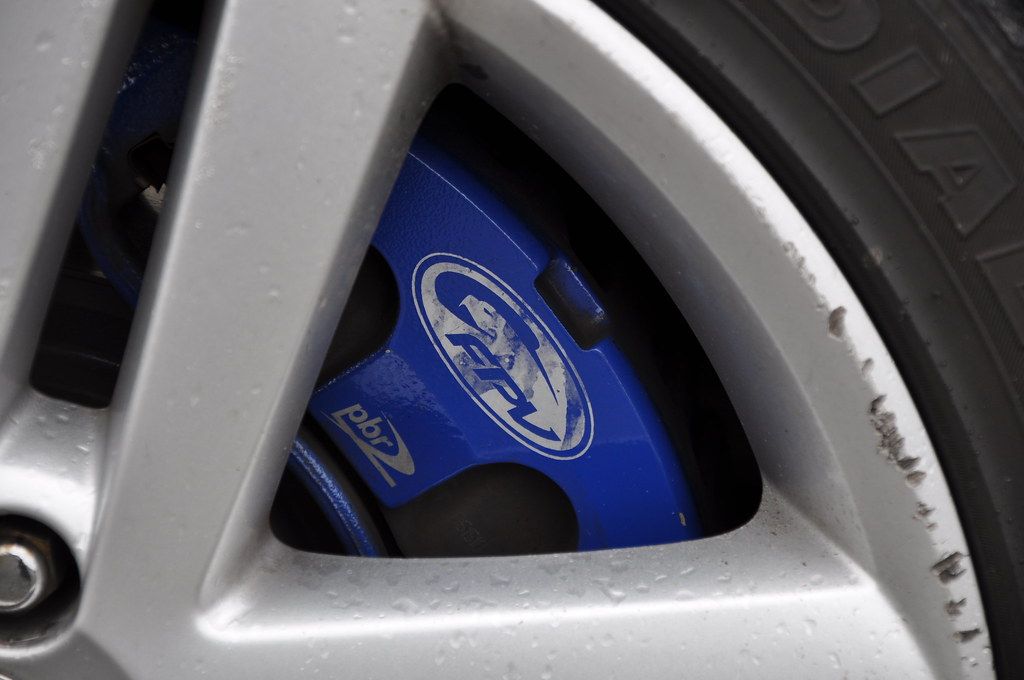Alright, gearheads and everyday drivers, let’s talk about something super important that keeps your ride rolling safely: the transmission! It’s one of the most critical elements of any vehicle, tirelessly ensuring all that engine power actually makes it to the road. But what happens when this mechanical marvel, or its electronic brain, decides to act up?
Nobody likes hearing about a vehicle recall, but let’s be real, they’re a crucial part of keeping us safe on the roads. Sometimes, a potential problem is so significant that manufacturers have to take immediate action, and some of the biggest auto recalls in recent history have centered around transmission issues. We’re talking about everything from software glitches to missing bolts, all with the potential to turn a smooth drive into a serious hazard.
So, buckle up! We’re about to take a deep dive into some of the most extensive and alarming transmission recalls that have hit the American auto industry. We’ll explore how these critical failures came about, which models were caught in the crossfire, and how big auto manufacturers stepped up to protect their customers. Get ready for an informational ride through the biggest transmission design flaws that necessitated massive recalls!
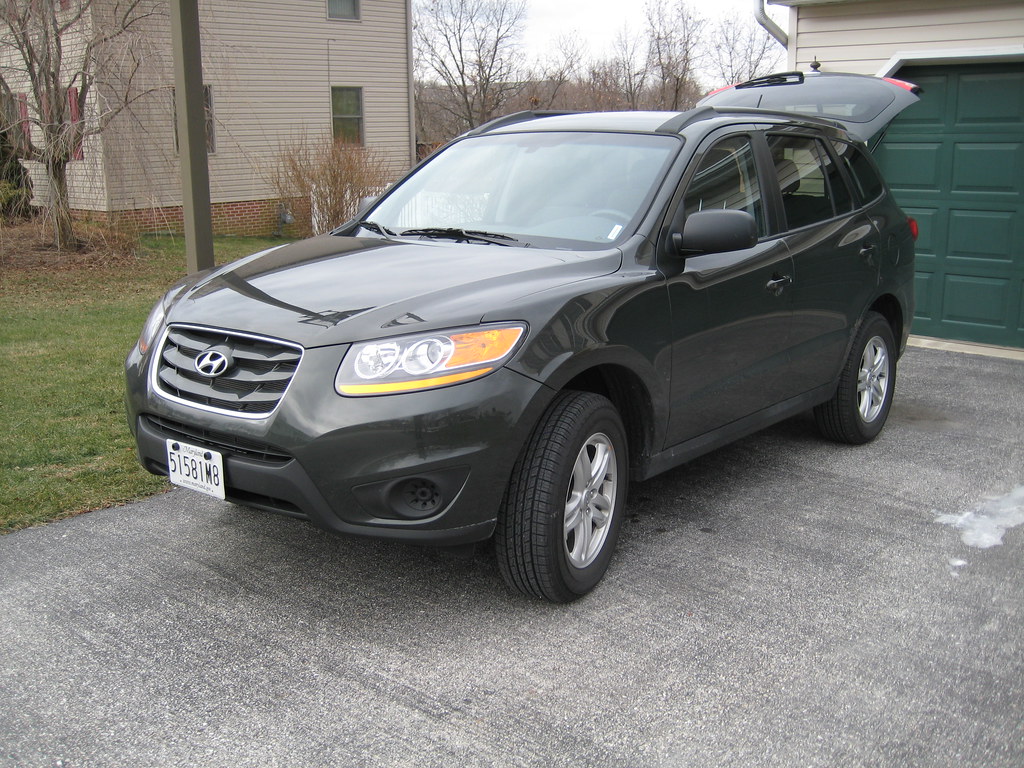
1. **Hyundai’s Troubled November 2024: A Wiring Mix-Up**Imagine a month so busy with recalls that a major transmission issue almost gets lost in the shuffle! That’s exactly what Hyundai faced in November 2024. Amidst other significant recalls concerning sunshades, charging units for luxury EVs, and rearview mirror feeds, a fourth, equally critical issue emerged, targeting the very heart of how drivers engage their vehicles.
This specific transmission recall impacted a staggering 42,000 Santa Fe and Tucson vehicles. The root of the problem, as highlighted by the National Highway Traffic Safety Administration (NHTSA), lay with the “Console Extension Wiring Assembly located near the transmission shift lever that may have been improperly routed during assembly.” It sounds technical, but the implications were frighteningly simple.
An improperly routed wire increased “the risk of contact with the mechanical release for the shift lever lock.” This seemingly small assembly error could lead to a massive safety breach: a vehicle could be “shifted out of Park without depressing the brake pedal.” The potential outcome? An unintended vehicle rollaway, a scenario no driver ever wants to encounter.
To address this critical flaw, Hyundai acted swiftly. Their solution involved offering to “adjust the wiring of the affected components for free at dealerships.” It’s a stark reminder that even seemingly minor assembly details can have profound effects on vehicle safety and control.

2. **GM’s Nightmare November 2024: The Software Slip-Up**It seems November 2024 was a particularly challenging month for major automakers when it came to transmissions, and General Motors was no exception. Days after another large recall, GM was hit with a second, though unrelated, issue that sent ripples through its commercial vehicle lines, specifically targeting the electronic brain of the transmission system.
The problem, identified by the NHTSA, resided within the “software of the transmission’s control module.” This critical piece of software, which dictates how the transmission operates, “may not react correctly to electronic issues that may occur while the transmission is in action.” In essence, the vehicle’s brain wasn’t communicating properly with its muscle.
The miscalibrations caused by this software glitch could manifest in several alarming ways for drivers. The agency’s report detailed potential consequences such as “harsh shifting or reduced power or may result in unintended deceleration or rear wheel lockup.” Perhaps most troubling, it was even possible for drivers to “lose control of an affected vehicle to a certain extent,” though this was noted to occur occasionally at low speeds.
This specific recall affected 77,824 vehicles, primarily 2022-23 Chevrolet Express models, alongside their GMC Savana counterparts from the same period. Crucially, only models equipped with particular engines and transmissions were impacted. The fix was relatively straightforward but absolutely essential: dealerships would “rectify the settings of the control model,” ensuring the transmission responded correctly to any electrical interruptions during operation.

3. **Ram 2500 and 3500 (Early 2020): A Fiery Fluid Leak**When you think of heavy-duty trucks like the Ram 2500 and 3500, you expect rugged reliability. So, the news of a recall in early 2020 for these workhorses, due to an increased risk of fire, was certainly a cause for concern. This wasn’t just a minor inconvenience; it was a serious safety hazard directly tied to the transmission’s integrity.
An investigation by the NHTSA uncovered the troubling mechanism behind the potential fires: a “buildup of pressure and heat inside the transmission could result in a fluid leak.” Transmission fluid, a vital component for lubrication and cooling, is highly flammable. When this fluid escaped, it could then “splash onto hot spots in the engine bay.”
This grim chain of events directly led to “increasing the risk of fire in impacted models.” An increased risk of fire is absolutely not something any driver wants, especially in a vehicle designed for heavy-duty tasks where safety is paramount. Stellantis, Dodge’s parent company, wasted no time in developing a solution and recalling over 84,000 trucks.
To mitigate this severe risk, the automaker implemented a two-pronged fix. Dealers were instructed to “replace the transmission valve body separator plate” and, crucially, to “reprogram the powertrain control module.” This comprehensive approach aimed to prevent the dangerous pressure and heat buildup, thereby eliminating the fire risk and restoring confidence in these powerful trucks.
Car Model Information: 2020 Jeep Wrangler Sport
Name: Dodge Ram / Ram pickup
Caption: 2017 Ram 1500 Express
Manufacturer: Dodge
ModelYears: 1981–present
Production: October 1980 – present
Class: Pickup truck#Full-size pickup truck,Pickup truck#Heavy-duty pickup truck
Layout: Front-engine, rear-wheel-drive layout,rear-wheel drive
Predecessor: Dodge D series
Categories: 1990s cars, 2000s cars, 2010s cars, 2020s cars, All-wheel-drive vehicles
Summary: The Ram pickup (marketed as the Dodge Ram until 2010 when Ram Trucks was spun-off from Dodge) is a full-size pickup truck manufactured by Stellantis North America (formerly Chrysler Group LLC and FCA US LLC) and marketed from 2010 onwards under the Ram Trucks brand. The current fifth-generation Ram debuted at the 2018 North American International Auto Show in Detroit, Michigan, in January of that year.
Previously, Ram was part of the Dodge line of light trucks. The Ram name was introduced in October 1980 for model year 1981, when the Dodge D series pickup trucks and B series vans were rebranded, though the company had used a ram’s-head hood ornament on some trucks as early as 1933.
Ram trucks have been named Motor Trend magazine’s Truck of the Year eight times; the second-generation Ram won the award in 1994, the third-generation Ram heavy-duty won the award in 2003, the fourth-generation Ram Heavy Duty won in 2010 and the fourth-generation Ram 1500 won in 2013 and 2014, and the current fifth-generation Ram pickup became the first truck in history to win the award four times, winning in 2019, 2020, 2021 and most recently, 2025.
Get more information about: Ram pickup
Buying a high-performing used car >>>
Brand: Ram Model: 2500 and 3500
Price: $25,000 Mileage: 54,707 mi.
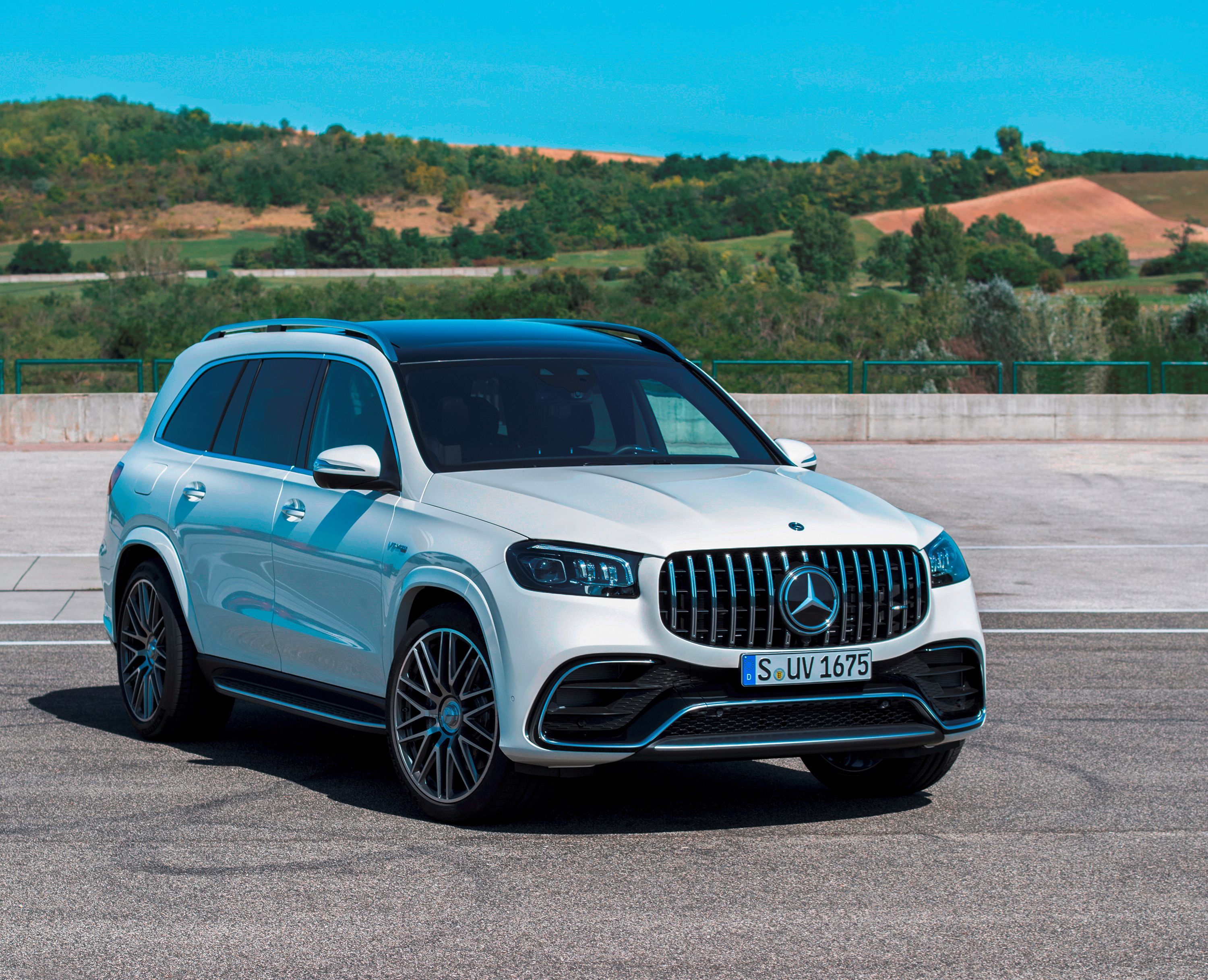
4. **Mercedes-Benz GLE 450 and GLS 450 (Last Year): The Stalling Luxury**Even luxury vehicles from esteemed brands like Mercedes-Benz aren’t immune to critical transmission issues. Just last year, the German automaker issued a recall for its popular GLE and GLS models, affecting over 100,000 vehicles. The issue was subtle yet dangerous, posing a risk of engine stall in certain driving conditions.
According to CarScoops and confirmed by the NHTSA, the problem related to the transmission fitted to the 2020 to 2023 model years of the GLE and GLS. Specifically, the transmission “may not fully downshift in certain conditions.” Imagine driving, and suddenly your engine decides to quit on you – that’s the unsettling reality this defect presented.
An engine stall can be incredibly dangerous, especially at higher speeds or in heavy traffic, as it can lead to a sudden loss of power steering and braking assistance, increasing the risk of an accident. Mercedes-Benz quickly recognized the severity of this potential hazard for its customers, despite the issue being software-related.
Thankfully, Mercedes-Benz had a “pretty simple fix” at hand. The remedy involved a straightforward “update to the transmission control software” in the affected cars. This software patch was delivered free of charge to all owners, highlighting how modern automotive issues can often be resolved with digital solutions, even for critical components like the transmission.
Car Model Information: 2020 Jeep Wrangler Sport
Name: Mercedes-Benz GLE
Caption: 2021 GLE 350d 4MATIC AMG Line (V167)
Manufacturer: Daimler-Benz,DaimlerChrysler,Daimler AG,Mercedes-Benz Group
Aka: Mercedes-Benz M-Class (1997–2015)
Production: 1997–2015 (M-Class),2015–present (GLE)
Class: Mid-size car,luxury vehicle,SUV
Layout: Front-engine, rear-wheel-drive layout
Chassis: ubl
Categories: 2000s cars, 2010s cars, 2020s cars, All-wheel-drive vehicles, All Wikipedia articles in need of updating
Summary: The Mercedes-Benz GLE, formerly Mercedes-Benz M-Class (designated with the “ML” nomenclature), is a mid-size luxury SUV produced by the German manufacturer Mercedes-Benz since 1997. In terms of size, it is slotted in between the smaller GLC and the larger GLS, the latter with which it shares platforms.
The first-generation M-Class, designated with the model code W163, is a body-on-frame SUV and was produced until 2004. The second-generation M-Class (W164) moved to a unibody platform while sharing most components with the GL-Class, which sports a longer body to accommodate third-row seating.
For a short time, between 1999 and 2002, the W163 M-Class was also built by Magna Steyr in Graz, Austria, for the European market, and the W166 M-Class from 2011 to 2015 was built in Stuttgart for the European and Australian market, before all production moved to the U.S. plant near Vance, Alabama in 2015 with the release of the facelifted W166 model, in an effort to harmonize Mercedes-Benz SUV nameplates by aligning it with the E-Class.
Get more information about: Mercedes-Benz GLE
Buying a high-performing used car >>>
Brand: Mercedes-Benz Model: GLE 450
Price: $25,000 Mileage: 54,707 mi.

5. **GM’s November 2020 Recall: The Case of the Missing Bolts**Transmissions are intricate systems, a marvel of engineering with countless components, big and small, working in harmony. Yet, sometimes, it’s the absence of the smallest parts that can lead to the biggest headaches, and that’s precisely what happened to General Motors in November 2020. Almost 200,000 vehicles were recalled due to an issue that sounds minor but had potentially catastrophic consequences.
The culprit? Two bolts that “may not have been applied to the start-stop accumulator at the factory.” This component is crucial for vehicles equipped with the start/stop transmission system, and its integrity directly impacts the transmission’s function. The lack of these essential bolts allowed “transmission oil to leak from it.”
Oil leaks are no joke for motorists. They can lead to a host of problems, from “faster wear to a loss of control and even a fire,” as the leaking fluid could affect other parts or ignite. This defect cast a wide net, impacting a total of 12 different models across Buick, Chevrolet, GMC, and Cadillac brands, all from the 2018 to 2020 model years.
Chevrolet Cruzes alone accounted for almost two-thirds of the recalled vehicles, though models like the Buick Encore and Cadillac XT4 also saw smaller numbers impacted. Dealerships and the supplier committed to resolving the issue by “replacing the part with one that had a full complement of four bolts and to ensure no further parts were created without them respectively,” a clear move to prevent future recurrences of this seemingly simple yet dangerous manufacturing oversight.
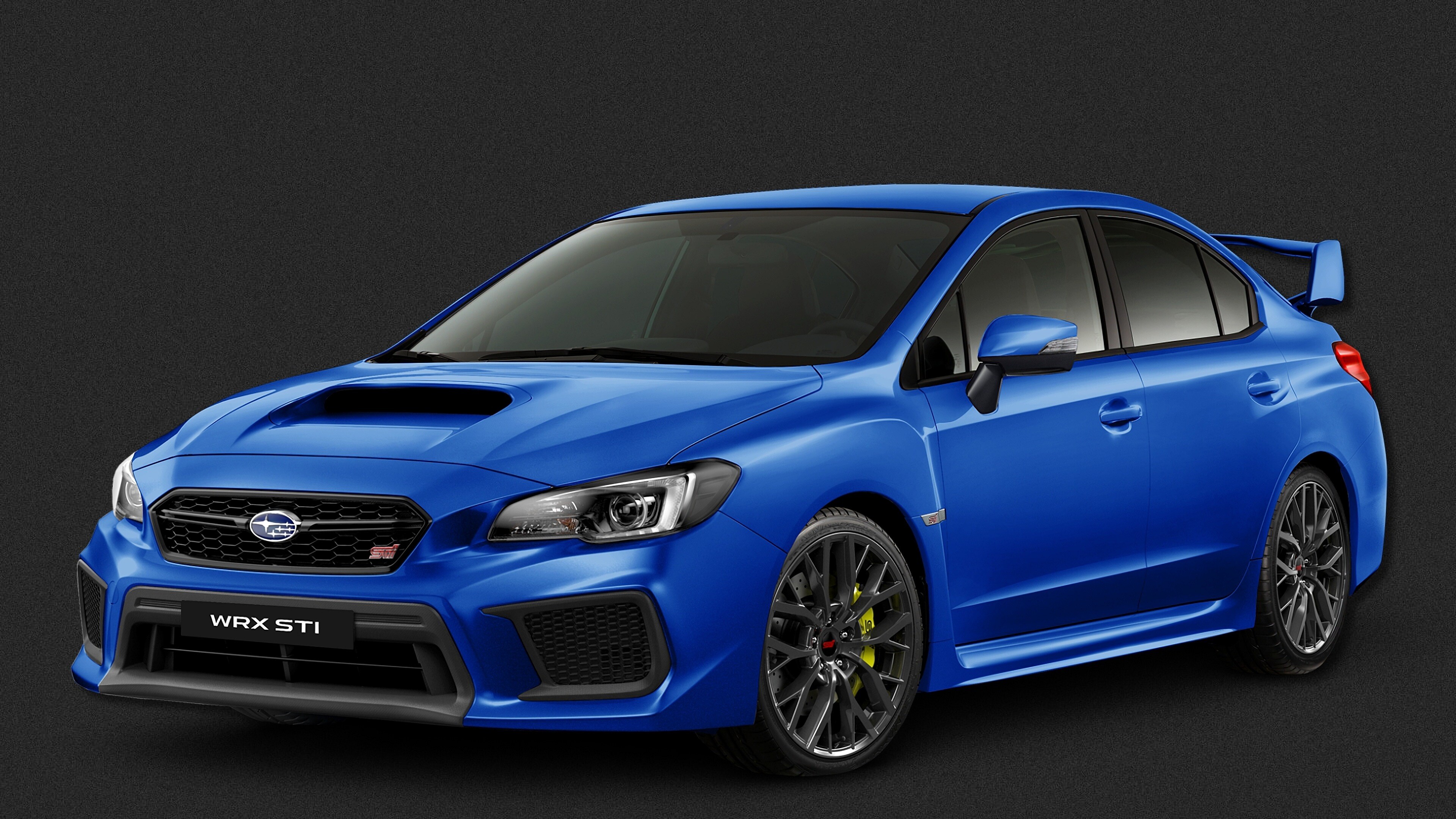
6. **Subaru’s December 2021 Software Issue: The Drive Chain Dilemma**Subaru, a brand often lauded for its all-wheel-drive reliability, faced a significant challenge in December 2021 when a recall struck almost 200,000 vehicles. This wasn’t a mechanical failure in the traditional sense, but a combination of electronic and potential mechanical issues stemming from a key transmission component: the continuously variable transmission (CVT).
The primary models affected were the 2019 and 2020 Subaru Ascent, accounting for the vast majority of the 198,255 recalled vehicles, with some Subaru Legacy units also included. The core of the problem originated with the “transmission control unit in continuously variable transmission models,” which “may have a fault, caused by its software, that prevents the drive chain from functioning as it should.”
Essentially, a programming error could allow the clutch to engage prematurely, before the drive chain was fully clamped, leading to a “weakness in the drive chain.” The most critical risk associated with this weakness was a potential “loss of power” while driving, a highly dangerous situation that could leave drivers stranded or vulnerable.
Subaru had been grappling with similar issues previously, with an earlier, smaller recall in 2019 for the Ascent related to pressure sensor readings. For this larger December 2021 recall, Subaru’s proposed fix began with a “software update” to reprogram the TCU. Dealers were also tasked with inspecting the chain guide for any signs of slippage or damage, and if issues were found, a full transmission replacement was performed to ensure complete resolution and restore vehicle safety.
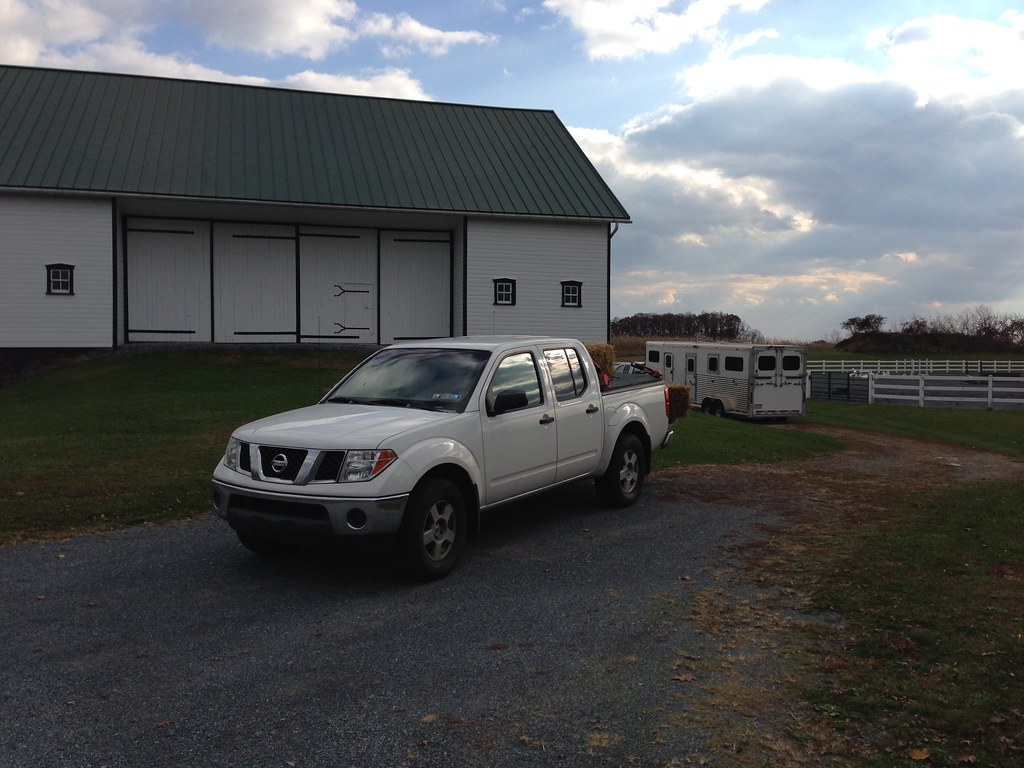
7. **Nissan Frontier, Titan, and Z (September 2020): The Unpredictable Rollaway**Parking your car should be one of the most straightforward and secure actions you take as a driver. However, in September 2020, Nissan faced a massive recall impacting over 200,000 vehicles across its Frontier, Titan, and Z lines, all due to a fundamental flaw that threatened this basic assumption of safety: the risk of rollaway.
The NHTSA’s investigation revealed that the 2020-2023 models of these vehicles had an issue with their transmissions related to the “parking pawl potentially not engaging when they were shifted into park.” The parking pawl is a crucial safety mechanism designed to physically lock the transmission, preventing unintended movement when the vehicle is parked. If it doesn’t engage, the vehicle can, quite literally, roll away.
This “increased the risk of rollaway on impacted models,” a frightening prospect for owners who believed their vehicles were safely secured. The problem became so severe that at one point in 2022, Nissan temporarily halted sales of automatic Z models specifically because of this rollaway risk, underscoring the gravity of the situation.
Initially, Nissan advised drivers to “apply the parking brake every time they parked their vehicles, just to be sure.” However, a more permanent solution was developed and implemented. The automaker began inspecting and repairing affected vehicles by “reprogramming the transmission control module and the engine control module in certain cars,” providing a comprehensive electronic fix to ensure the parking pawl engaged reliably and eliminated the rollaway hazard.
Alright, buckle up, because our deep dive into the biggest transmission and drivetrain recalls in automotive history is far from over! We’ve already explored some pretty intense situations, but there are even more stories of manufacturers stepping up to fix critical issues that threatened driver safety. From powerful Ford trucks to beloved Subaru SUVs, these next eight cases uncover more complex engineering challenges and the massive efforts to keep our vehicles running smoothly and safely. Let’s get into it!
Car Model Information: 2016 Nissan Frontier SV
Categories: All set index articles, Articles with short description, Nissan vehicles, Set index articles on cars, Short description is different from Wikidata
Summary: The Nissan Frontier is a nameplate used on three different pickup truck models by Nissan:
Nissan Frontier (international), an alternative nameplate for the NP300/Navara on some markets.
Nissan Frontier (North America), a rebadged NP300/Navara from 1997 to 2021, then became a separate model since 2021.
Nissan Frontier Pro, a rebadged Dongfeng Z9 that will be available from 2025. Available as both a diesel and plug-in hybrid, with the latter being the initial variant.
Get more information about: Nissan Frontier
Buying a high-performing used car >>>
Brand: Nissan Model: Frontier
Price: $12,973 Mileage: 115,564 mi.

8. **Ford F-250 and F-350 Super Duty Driveshaft Damage: A Heavy-Duty Hazard**When you’re behind the wheel of a heavy-duty truck like the Ford F-250 or F-350 Super Duty, you expect nothing less than bulletproof reliability. These are formidable machines, built for tough jobs and hauling serious weight. But even these titans faced a considerable recall in February 2022, reminding us that no vehicle, no matter how robust, is entirely immune to potential design flaws or manufacturing oversights.
The recall, impacting a staggering 247,445 Super Duty vehicles from the 2017 model year up to 2022, zeroed in on a critical component: the driveshaft. Specifically, the issue affected some gas models equipped with an aluminum one-piece driveshaft. The problem, as described in a notice issued by Ford, was that “underbody insulators may loosen and contact the aluminum driveshaft, resulting in marking or scoring of the driveshaft.”
While this contact might seem minor at first, the long-term implications were anything but. Over time, this seemingly insignificant rubbing could lead to the driveshaft breaking entirely. Imagine driving a several-ton truck when its driveshaft snaps! The risk wasn’t just limited to loss of power; a broken driveshaft could “cause other damage to the vehicle, or even… make contact with the ground, resulting in a potential loss of control while driving.” That’s a scenario that could easily turn deadly.
Ford, acknowledging the severity of the potential danger, acted decisively. The company announced that all dealers were mandated to inspect and repair affected models. This wasn’t just a recommendation; there was a potential penalty of $21,000 for every vehicle found to be in violation of these terms under federal law, ensuring that these vital inspections and repairs were carried out with the utmost urgency and precision.
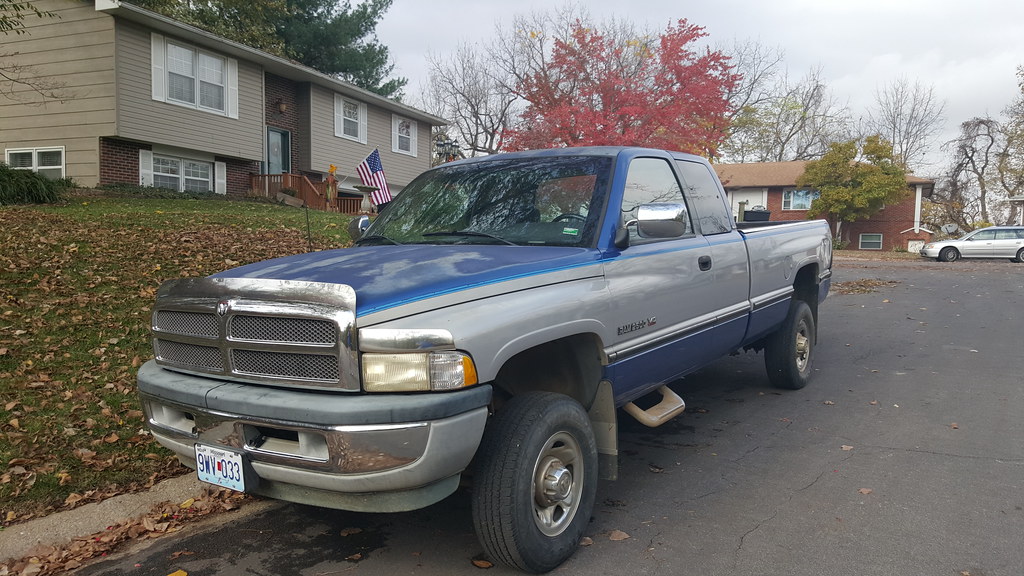
9. **Ram 2500 and 3500 (November 2022): The Recurrent Fire Risk**It seems even the toughest trucks can have recurring nightmares. Just when owners of Ram 2500 and 3500 trucks thought they were in the clear after an earlier recall (our #3 item!), another enormous recall hit these very same models in November 2022. This wasn’t a re-run of the previous issue, but a new, distinct problem that, once again, raised the terrifying specter of fire risk.
This expanded recall encompassed 248,342 trucks across the 2020 to 2023 model years, proving that some issues can linger and evolve beyond initial fixes. The core problem, identified more than two years after the initial Ram 2500 fluid leak recall, pointed to a similar root cause but a different escape route for the flammable transmission fluid.
Investigators discovered that “increased pressure and heat inside the transmission could cause a leak through the car’s dipstick.” While seemingly a smaller breach than the previous issue involving the separator plate, the outcome was equally alarming: this leak significantly “increased the risk of fire in almost 250,000 trucks.” A potential fire in a heavy-duty vehicle is a serious safety concern that no driver should ever have to worry about.
Ram’s parent company, Stellantis, recognized the critical nature of this fresh threat. Their solution, much like their earlier response, was to proactively address the point of failure. The automaker determined that to reduce the dangerous buildup of pressure and heat, they would replace “the transmission dipstick and the transmission vent assembly.” This targeted fix aimed to seal the breach and restore peace of mind to Ram owners.
Car Model Information: 2020 Jeep Wrangler Sport
Name: Dodge Ram / Ram pickup
Caption: 2017 Ram 1500 Express
Manufacturer: Dodge
ModelYears: 1981–present
Production: October 1980 – present
Class: Pickup truck#Full-size pickup truck,Pickup truck#Heavy-duty pickup truck
Layout: Front-engine, rear-wheel-drive layout,rear-wheel drive
Predecessor: Dodge D series
Categories: 1990s cars, 2000s cars, 2010s cars, 2020s cars, All-wheel-drive vehicles
Summary: The Ram pickup (marketed as the Dodge Ram until 2010 when Ram Trucks was spun-off from Dodge) is a full-size pickup truck manufactured by Stellantis North America (formerly Chrysler Group LLC and FCA US LLC) and marketed from 2010 onwards under the Ram Trucks brand. The current fifth-generation Ram debuted at the 2018 North American International Auto Show in Detroit, Michigan, in January of that year.
Previously, Ram was part of the Dodge line of light trucks. The Ram name was introduced in October 1980 for model year 1981, when the Dodge D series pickup trucks and B series vans were rebranded, though the company had used a ram’s-head hood ornament on some trucks as early as 1933.
Ram trucks have been named Motor Trend magazine’s Truck of the Year eight times; the second-generation Ram won the award in 1994, the third-generation Ram heavy-duty won the award in 2003, the fourth-generation Ram Heavy Duty won in 2010 and the fourth-generation Ram 1500 won in 2013 and 2014, and the current fifth-generation Ram pickup became the first truck in history to win the award four times, winning in 2019, 2020, 2021 and most recently, 2025.
Get more information about: Ram pickup
Buying a high-performing used car >>>
Brand: Ram Model: 2500 and 3500
Price: $25,000 Mileage: 54,707 mi.

10. **Toyota Tundra, Sequoia, and Lexus LX600: The Case of Unexpected Movement**Toyota, a brand synonymous with reliability and meticulous engineering, also found itself grappling with a significant recall in February 2024. This issue, affecting not only their robust Tundra pickup and Sequoia SUV but also their luxury marque’s LX600 SUV, underscored that even the most reputable automakers face complex challenges in modern vehicle design.
The recall encompassed a substantial 280,663 vehicles across the 2022 to 2024 model years. The problem, a serious safety concern, related to what the National Highway Traffic Safety Administration (NHTSA) described as “unexpected vehicle movement.” Imagine parking your car, shifting into neutral, and then having it decide to move on its own without the brakes applied. That’s the unsettling reality this defect presented.
The core of the issue was that the transmission could continue to power the vehicle even when shifted into neutral, leading to unintended movement. This could occur without the brakes engaged, creating a highly dangerous situation, especially in parking lots or on slight inclines. For a brand built on trust, addressing this potential for autonomous movement was paramount.
Thankfully, this particular modern automotive dilemma came with a surprisingly straightforward resolution. Toyota had a “pretty simple fix” at hand, one that highlights the increasing role of software in vehicle mechanics: a software update. Dealers began rolling out a patch to update the transmission control software in affected models, effectively reprogramming the system to prevent this alarming issue and ensure vehicle behavior matches driver input.
Car Model Information: 2017 Toyota Tundra SR5
Name: Toyota Tundra
Manufacturer: Toyota
Production: May 1999 – present
ModelYears: 2000–present
Assembly: San Antonio,Texas
Class: Pickup truck#Full-size pickup truck
Layout: unbulleted list
Related: Toyota Sequoia
Predecessor: Toyota T100
Caption: 2022 Toyota Tundra Limited
Categories: 2000s cars, 2010s cars, 2020s cars, All-wheel-drive vehicles, All Wikipedia articles written in American English
Summary: The Toyota Tundra is a full-size pickup truck manufactured in the United States by the Japanese manufacturer Toyota since May 1999. The Tundra was the second full-size pickup to be built by a Japanese manufacturer (the first was the Toyota T100), but the Tundra was the first full-size pickup from a Japanese manufacturer to be built in North America. The Tundra was nominated for the North American Truck of the Year award and was Motor Trend magazine’s Truck of the Year in 2000 and 2008. Initially built in a new Toyota plant in Princeton, Indiana, production was consolidated in 2008 to Toyota’s San Antonio, Texas, factory.
Get more information about: Toyota Tundra
Buying a high-performing used car >>>
Brand: Toyota Model: Tundra
Price: $24,988 Mileage: 99,363 mi.
too significant to ignore.
And there you have it – a comprehensive look at 15 of the most significant transmission and drivetrain recalls that have rocked the auto industry. From cutting-edge software glitches to fundamental mechanical oversights, these cases highlight the incredible complexity of modern vehicles and the constant vigilance required to ensure our safety on the roads. While no one likes a recall, they’re an essential part of the process, showing that automakers are committed to identifying and fixing problems, no matter how widespread or challenging. Stay safe out there, drivers, and remember to always check for recalls on your vehicle!

